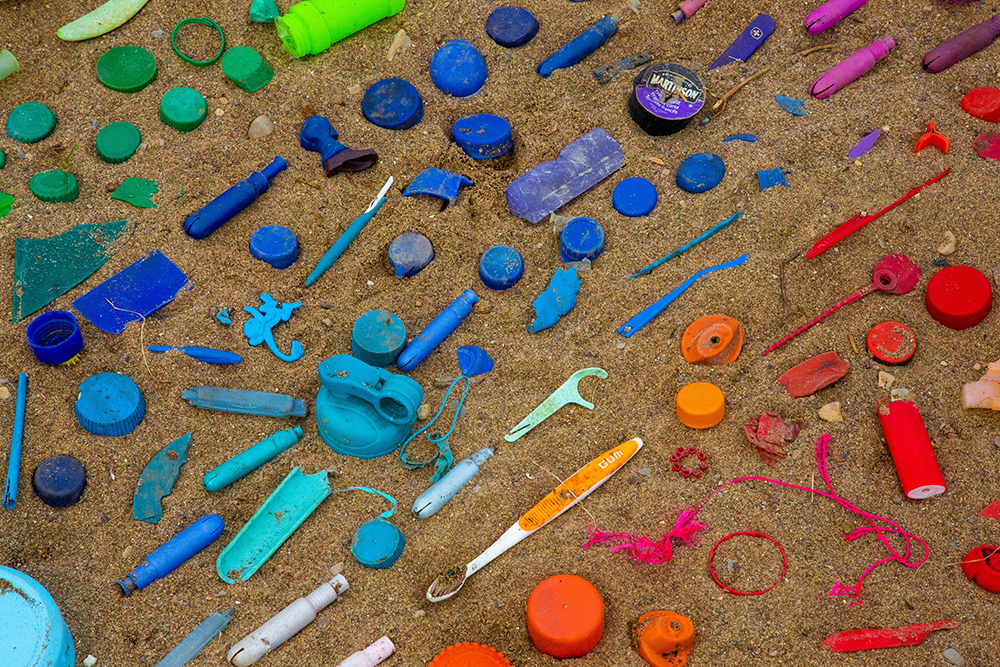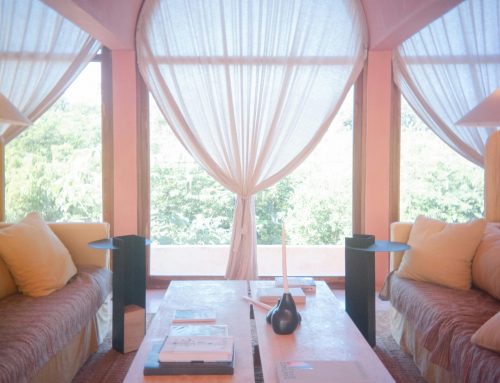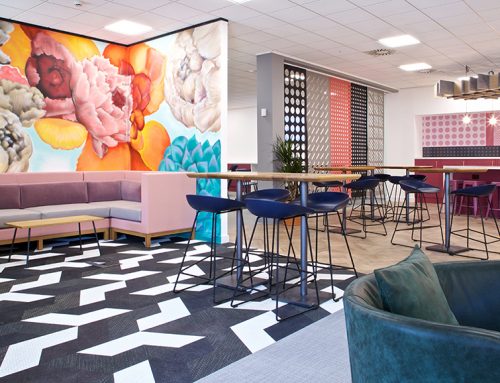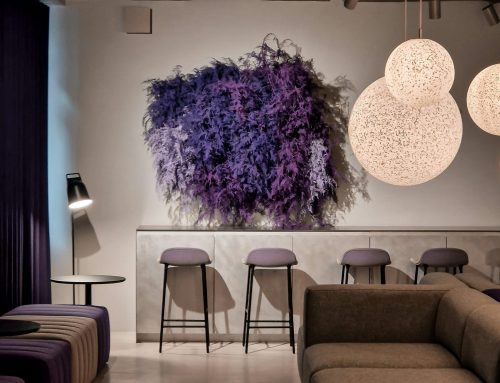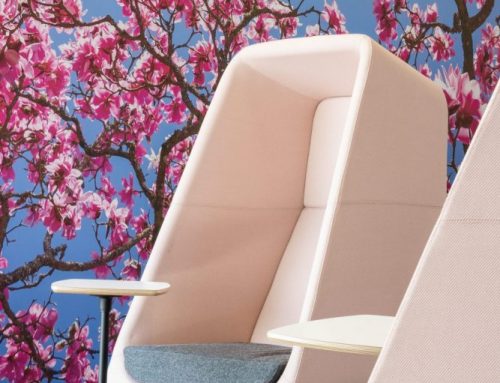This week in the Wylde blog we’re looking at how we can reduce plastic waste in interior design, prioritising a sustainable future in the industry. With recent reports suggesting the plastic pollution is set to double, integrating sustainable practices into interior design is paramount. Plastic waste poses a significant threat to our planet, and it’s crucial to address this issue in every part of our lives, including our living spaces. As interior designers, it’s our responsibility to source and practice ways to incorporate eco-friendly elements into interior design without compromising on style or functionality.
At Wylde we’ve adapted a way of working that already chooses sustainable materials rather it ever being an after thought. When selecting materials for interior design projects, we prioritise natural alternatives like bamboo, cork, reclaimed wood, and stone. These options not only offer a unique aesthetic but also have a lower environmental impact compared to plastic-based materials.
Ensuring it’s project appropriate, we love to incorporate vintage and secondhand pieces into our schemes. Antique and secondhand furniture can add character to a space while promoting a more sustainable approach to design. By repurposing existing items, you’re diverting them from landfills and reducing the demand for new plastic products. We never throw away items that are fit for purpose, we just find innovative ways to reinvent them!
An often overlooked area of sustainability in interior design, is the paints we use. Traditional paints and finishes often contain harmful chemicals, including plastic-based components. We try to opt for non-toxic, water-based alternatives labelled as low-VOC (volatile organic compounds) or VOC-free. These options are better for both your health and the environment.
Also, we work with our partners and product suppliers to specify textiles that are natural. When it comes to carpet tiles or other fabric specifications, we choose natural fibres like organic cotton, linen, wool, and hemp. These materials are biodegradable, require fewer resources to produce, and have a lower environmental impact compared to synthetic fabrics derived from plastic. We always try to steer clear of single-use plastics in our projects. Instead, we opt for reusable, long-lasting materials like glass, ceramic, metal, or fabric. This approach reduces waste and contributes to a more sustainable design!
Incorporating these sustainable practices into interior design projects demonstrates a commitment to reducing plastic waste and creating spaces that are both aesthetically pleasing and environmentally responsible. Remember, every small step counts towards a more sustainable future. It’s easy to design spaces that reflect a dedication to a greener, healthier planet!

